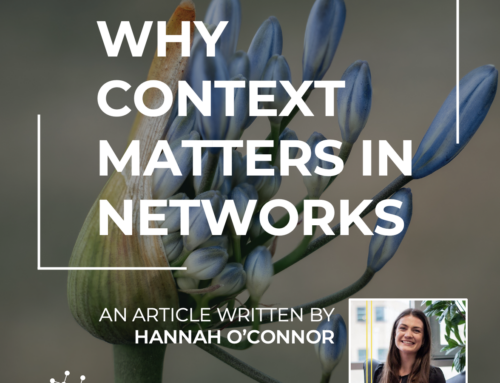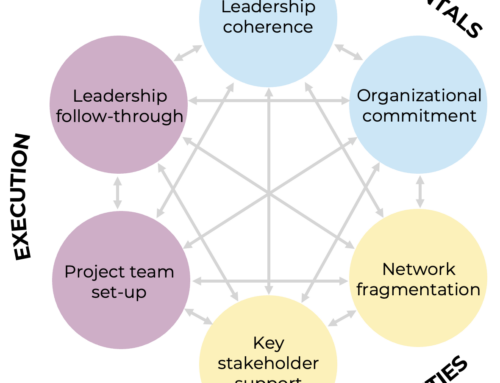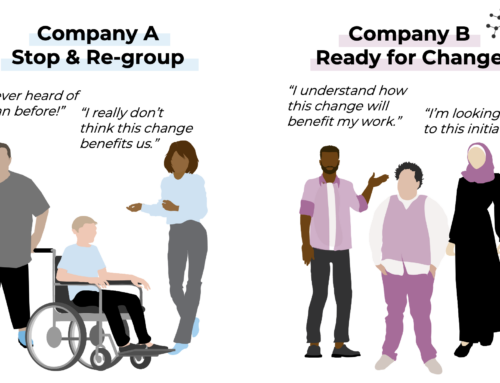
Three Key Challenges For In-house People Analytics Teams
Last week I was following all the updates from those attending the People Analytics & Future of Work conference. One of the updates was a quote made by Josh Bersin:
69% of large organizations now have a people analytics team.
While I think this is an excellent development to see that HR is moving into the evidence-based decision making, it also concerns me. If they build on analytical capabilities and building teams around this, where will an inhouse people analytics team stop running analytics?
If you look at all the activities in a HR value chain, your people analytics team can quickly be buried in a large pile of activities, because the list of HR activities is endless. These include – but are not limited –analyses on what happens with the people, such as looking at employee’s attitudes and motivations, employee health, internal and external stakeholders, and analyses on what the people achieve in the company, such as the effectiveness and efficiency of individuals and teams, and their customer interactions.
So, what should your people analytics team do?
I believe that they should translate the analyses conducted by third parties.
The third parties can excite the minds of the people analytics team with the facts and evidence. The people analytics team can then offer a route to the heart of all employees by incorporating facts in the stories linked to the business. This evidence-based storytelling capability is where you must go if you are to motivate people not only to act but to do so with energy and enthusiasm.
People Analytics by third parties. Why?
Even though people or HR professionals are trained to maintain and promote confidentially, the employee may still worry about how their input or ‘tracks’ are being used. Some may even by afraid that they’ll lose their jobs.
Let’s take Organizational Network Analysis (ONA) – a method that among other things helps with visualizing the informal organization and all the relationships between individuals:
What would you do with someone who is at the edge of a network – the person who has the least connections?

It is not the first time I hear that this is a reason to put someone on a ‘black list’. But have you ever considered that this person may be someone who has worked as a consultant at a client for the past 12 months, or has been on maternity leave?
Three key challenges for inhouse people analytics teams
Let’s stay with Organizational Network Analysis, because that is what I know best. But I am sure this also applies to those offering for example engagement surveys.
Organizational Network Analysis is an art – a simple expression of complex thought. Take for example Mark Rohtko. His well-known works look simple, but he layered stripes of colors to build the color so deep that they seemed to glow from the canvas. So, even though at first sight his works look simple, the complexity lies in harnessing the stripes.
This is also the case for Organizational Network Analysis and for many other analytics tools and methods that are being used by HR. If Organizational Network Analysis is one of the many activities of an inhouse people analytics team, these are some of the key challenges for the inhouse people analytics teams:

1.SLOW
The people analytics team will use too much time to diagnose the informal organization while the network evolves. Even when the people analytics team is running analytics on other HR activities, their time may be thin because they also need to develop a (survey) design, administer the process and much more
2. GENERALIST
The people analytics team will miss the expertise to understand the complexity behind a network. On a high level, a team may understand the principles and what types of issues are important. There are however underlying frictions that a team can be unaware of which may be worth exploring
3. CONSENT
The people analytics team will face challenges in which employees are less willing to give consent to using their personal information, because they may feel that their individual answers to tests and surveys may be used against them.







